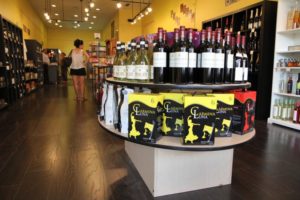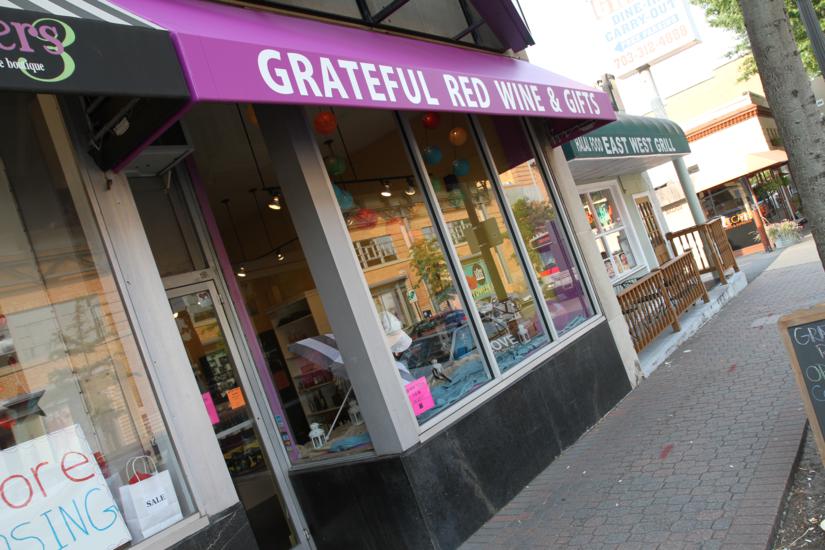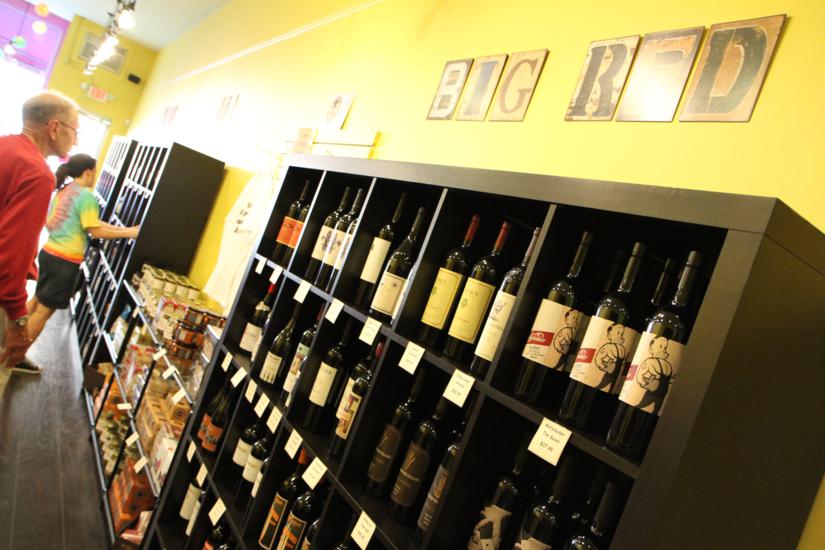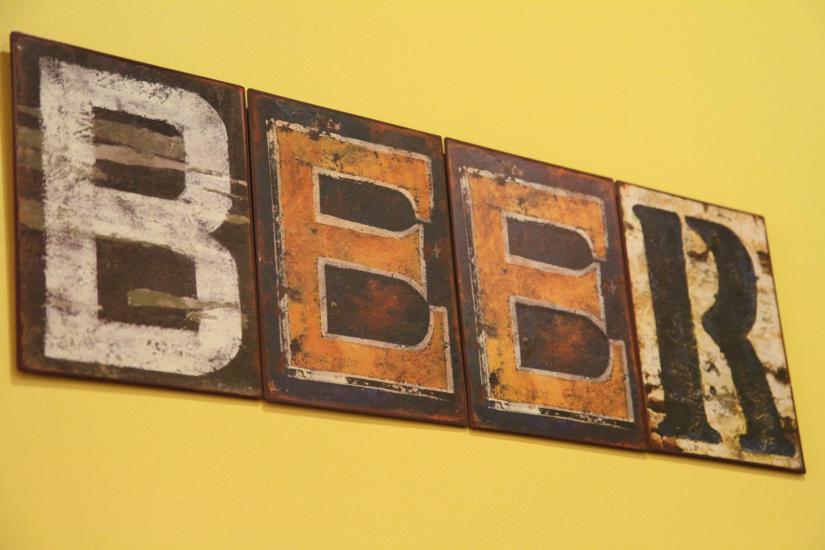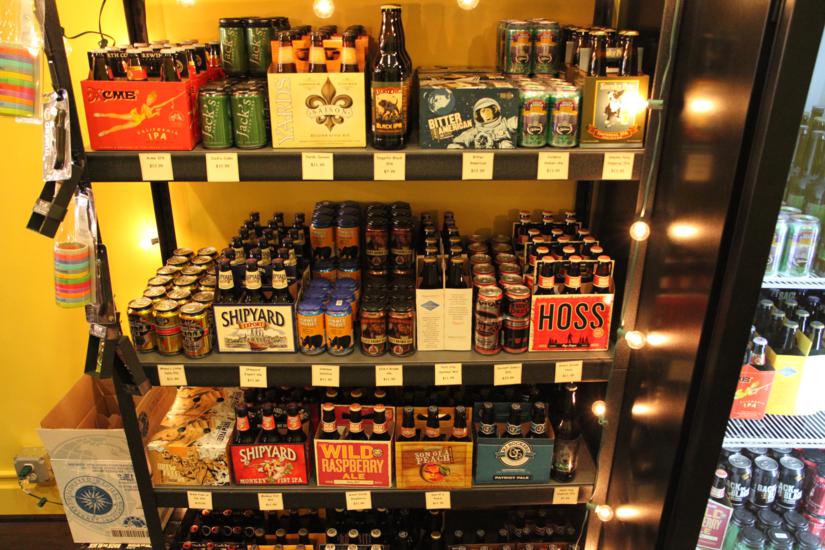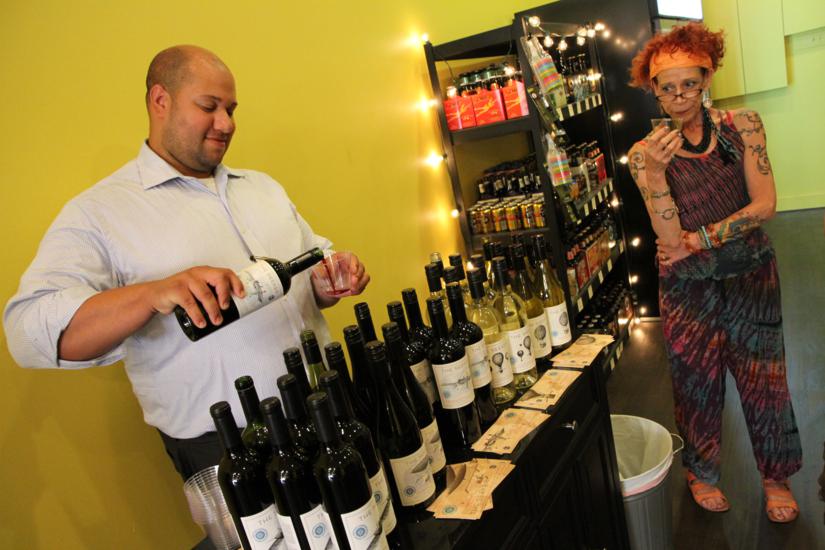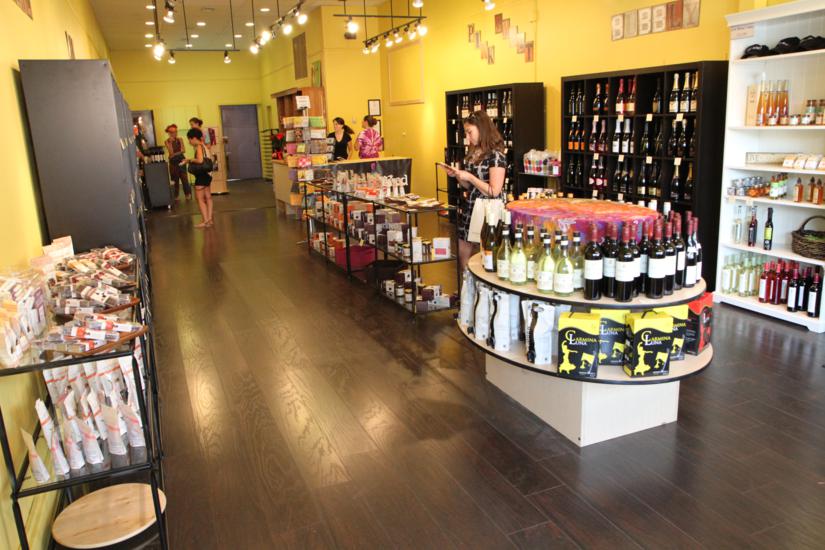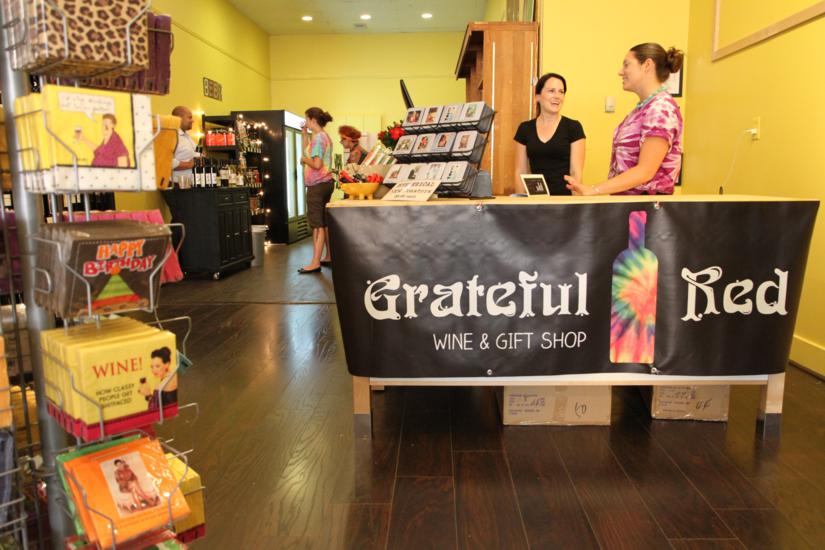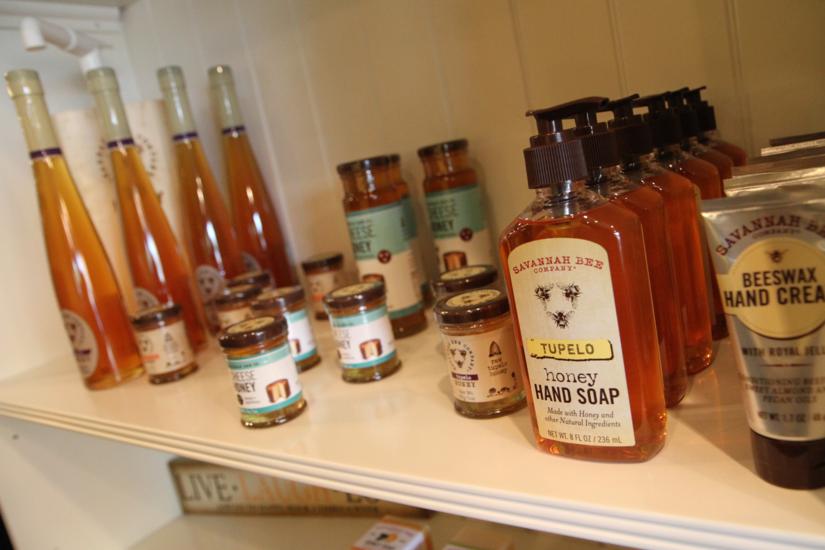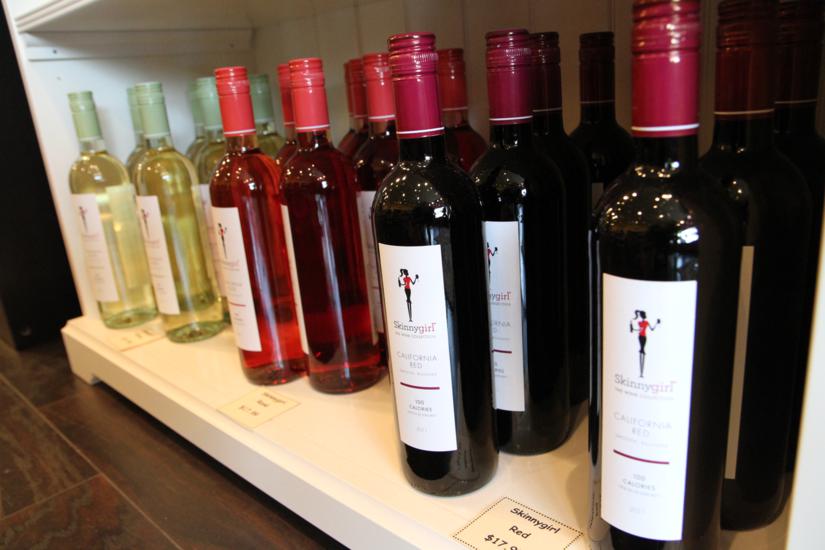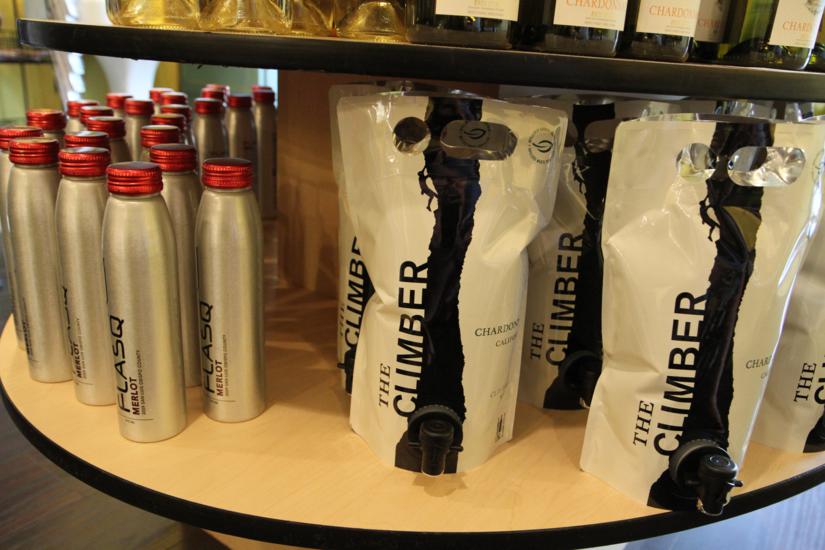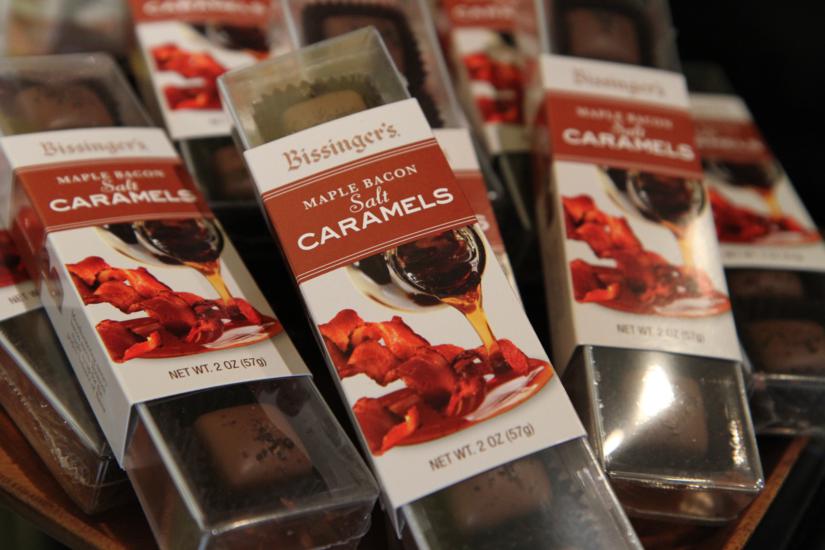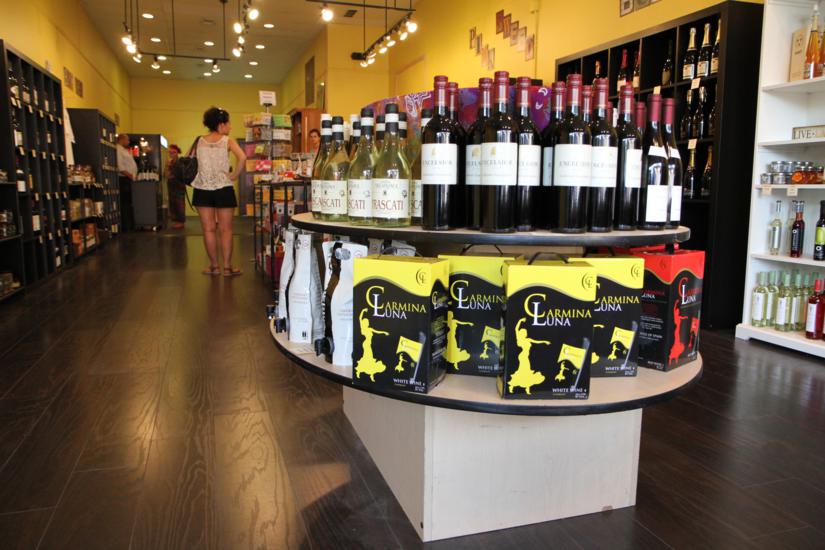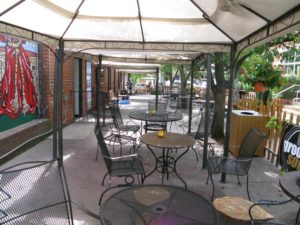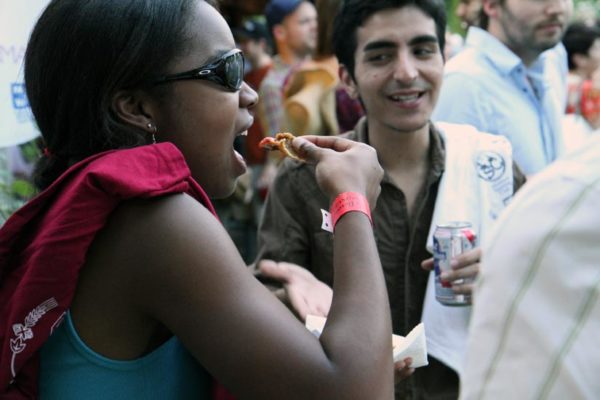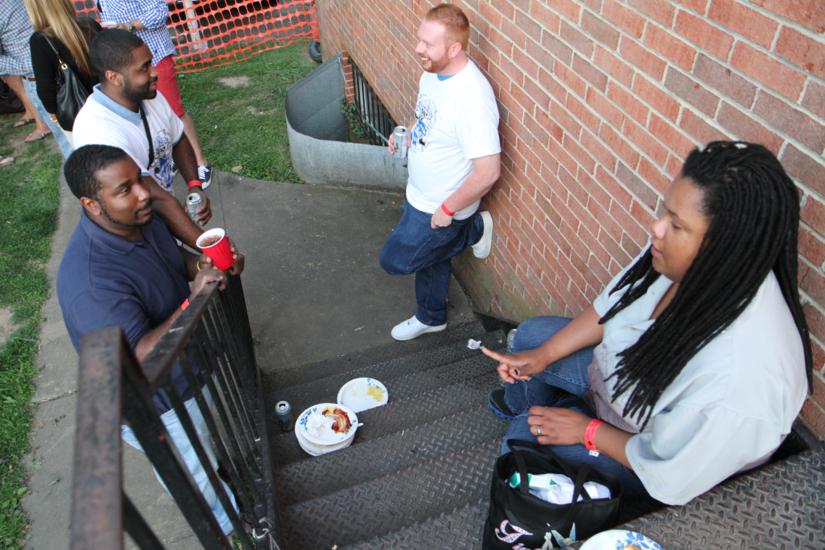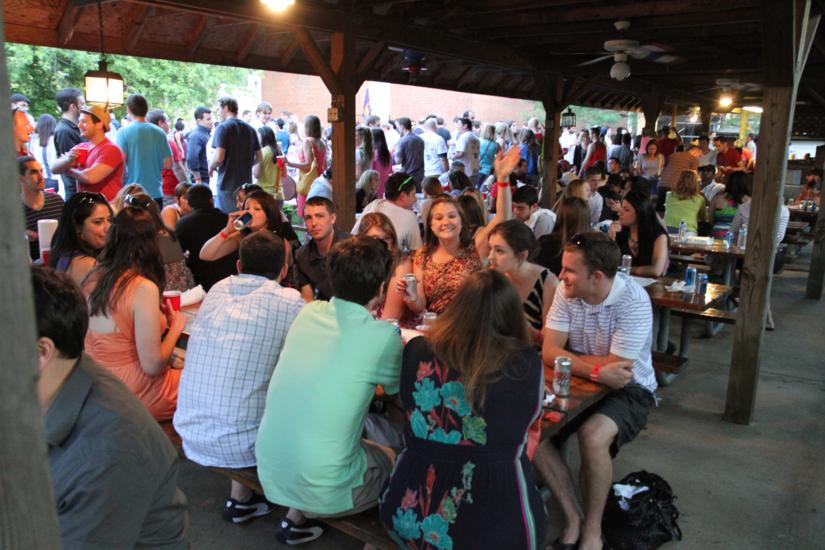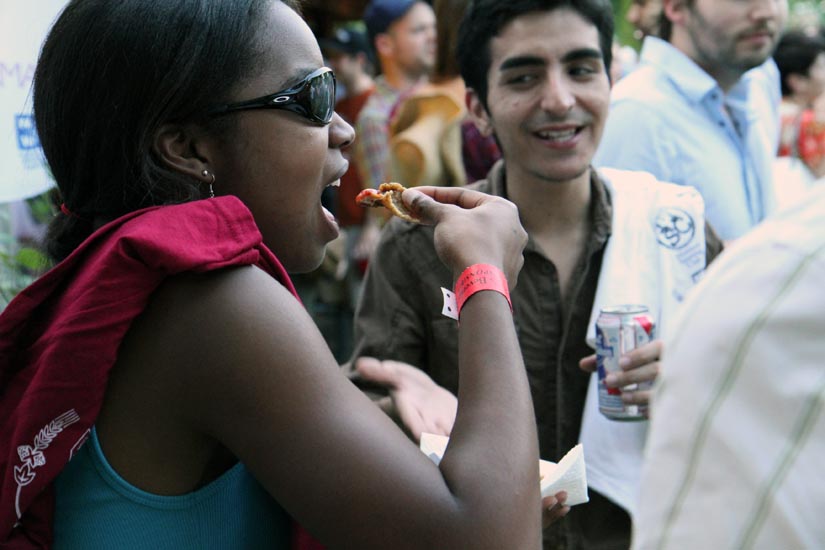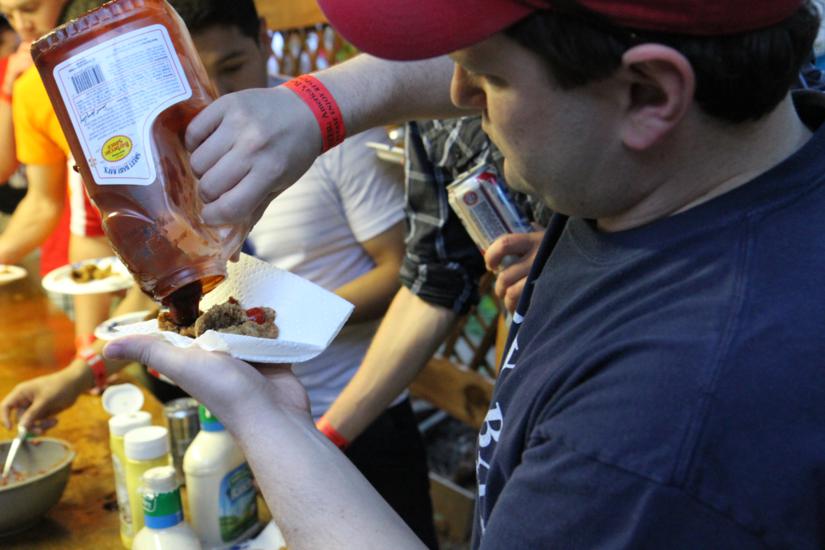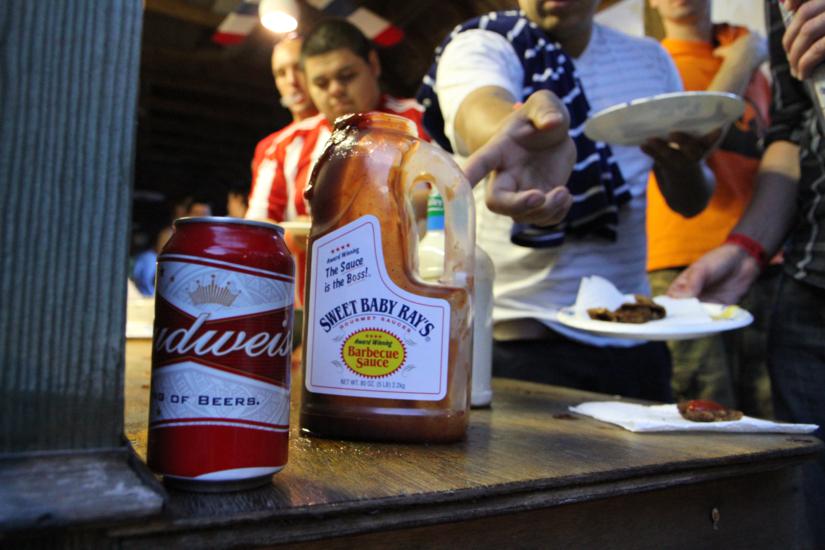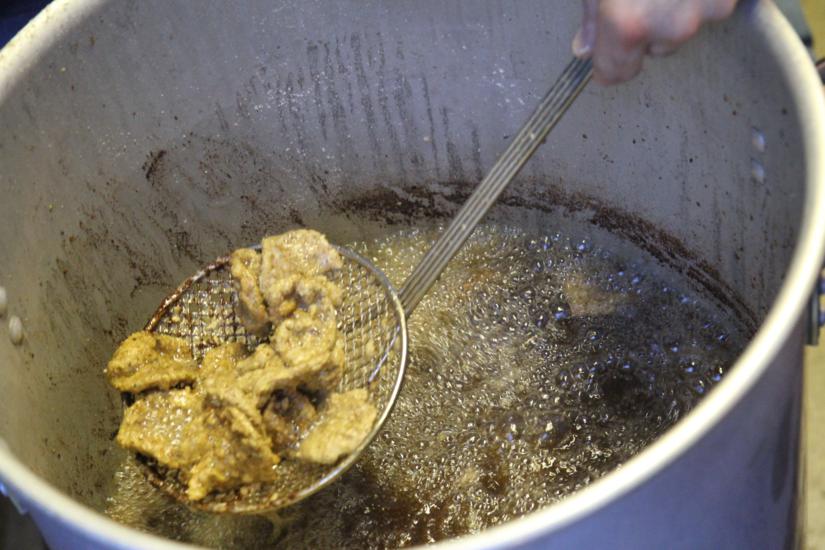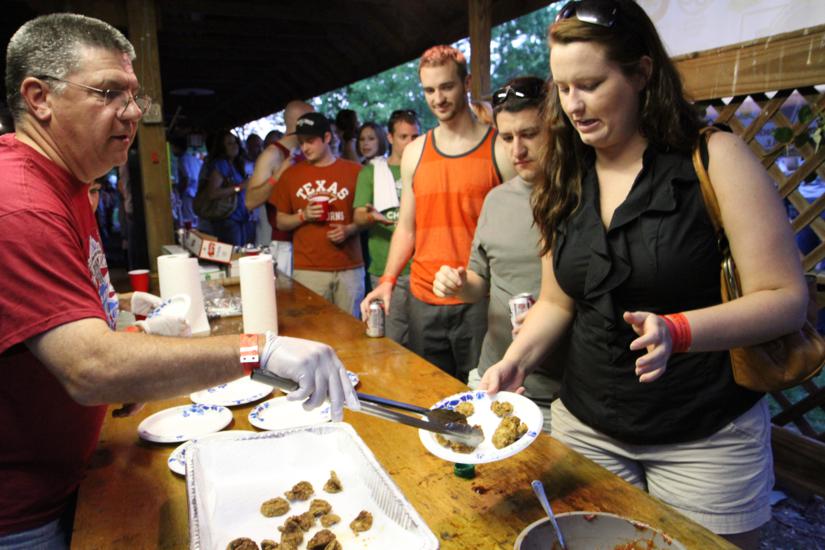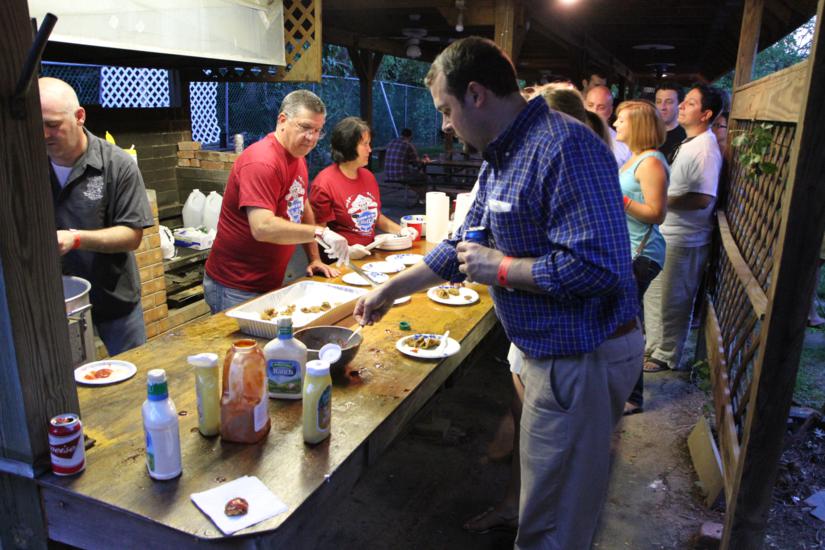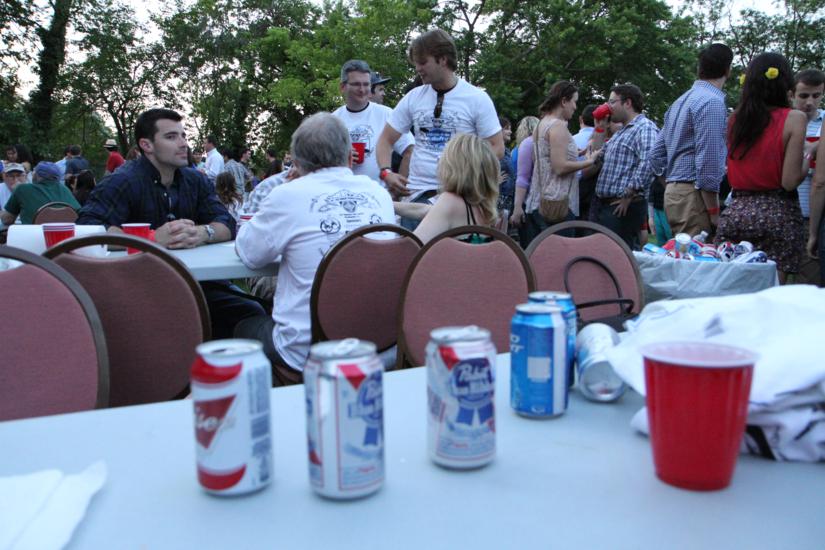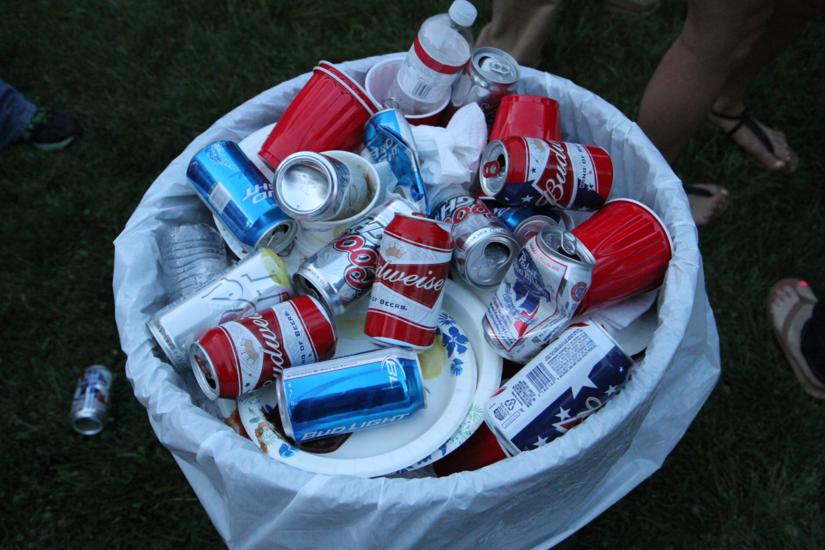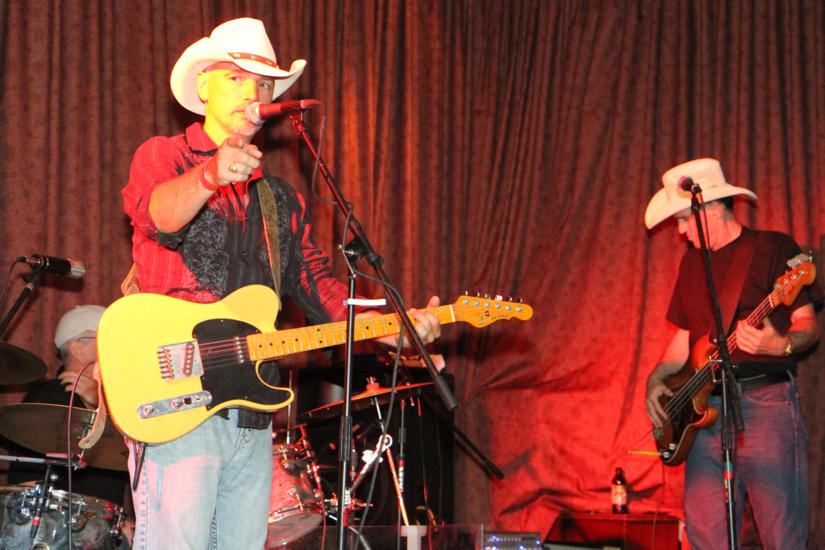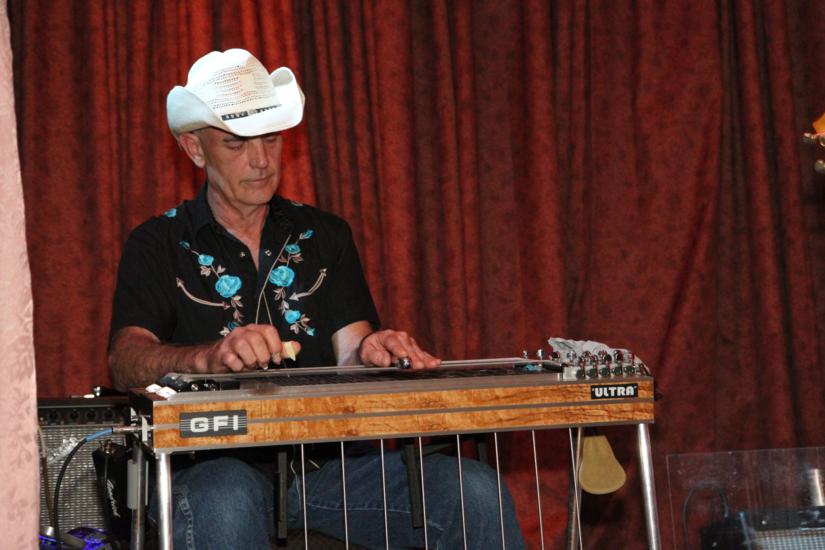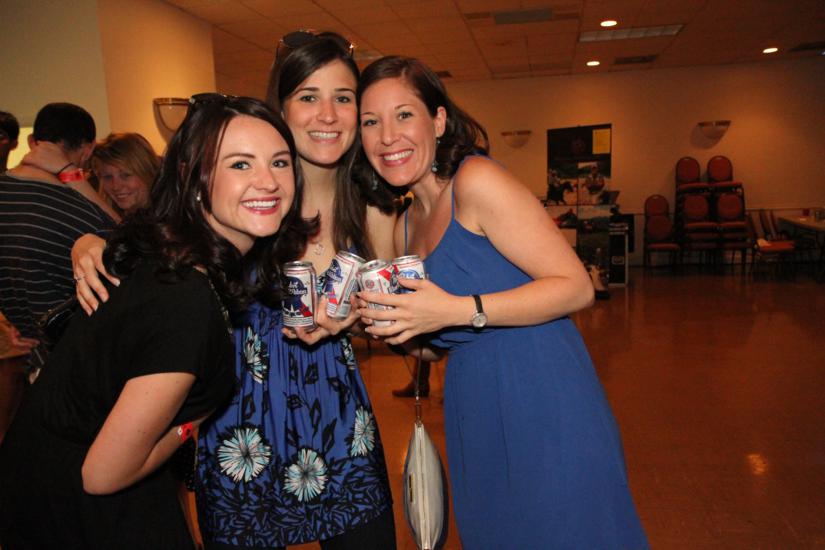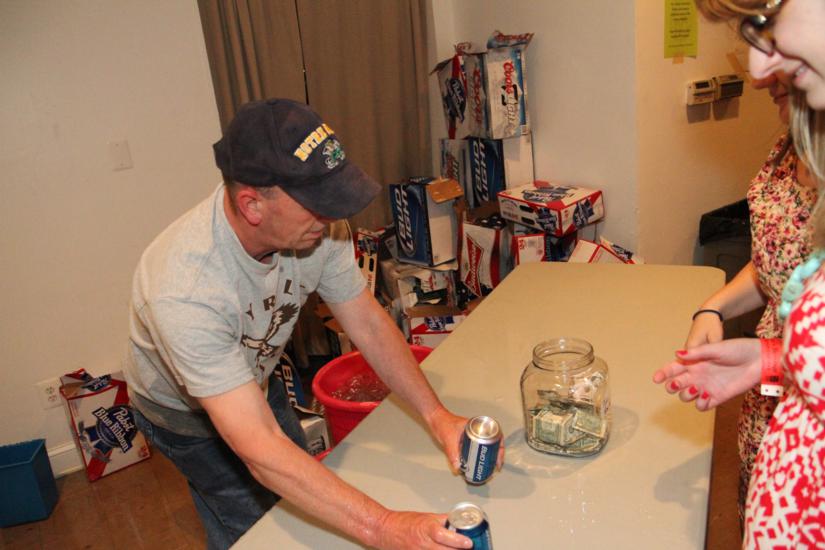
Editor’s Note: This sponsored column is written by Nick Anderson, beermonger at Arrowine (4508 Lee Highway
Having gone through the process of buying (and recently moving into) a home, I’ve been thinking quite a bit about maturity, responsibility, and growing up. I feel that all of us, as beer geeks, are coming of age right now, and that all of our changing palates and preferences are poised to make the craft beer scene more open and accessible than ever before.
The most obvious way that this is happening is in a more reasoned approach to “extreme” beers. That isn’t to say that the Imperial IPA is dead, or even dying. I mean to say that these days fewer of us are being brought into the craft beer fold through insanely hoppy IPAs or brutish Stouts, and that’s thanks to the evolution and maturing of those of us who, 10-15 years ago, became beer geeks precisely because of those big beers. The maturing of the beer geek palate has facilitated the rise of session beers of all styles, not to mention the proliferation of international styles previously unknown to many Americans and the recent resurgence of craft Pilsner and other Lagers here in the States. The combination of more approachable (though still unique) styles with world-class versions of familiar Lager beers is contributing to the mainstreaming of craft beer, and creating a new generation of beer geek for whom bigger isn’t necessarily better.
As I said, though, Imperial styles aren’t going anywhere. People just now coming into the fold are going to be curious and will seek out the big beers eventually, and the rest of us still enjoy an over-the-top hop bomb on occasion. As we all get to experience new styles and new approaches to classic styles, we are entering an era where context will be king. The next 10 years or so in craft beer will look much like the Slow Food or Organic movements; as more consumers become aware of their options, products will emerge to fill voids and find niches. To draw out the analogy, think back to about 10 years ago: having knowledge of organic and biodynamic farming was just starting to expand beyond the niche of being a “foodie”, but within a few years even the biggest of box stores were touting “local” and “organic” produce. The ’00s saw the emergence of “organic” after decades of hard work and relative obscurity, as the movement itself and the public at large matured with regard to their approach to it. I feel we’re on the verge of a similar emergence with craft beer.
From the sudden appearance of craft brewers on grocery store shelves, to craft beers taking a spot or two on the draft list of the local watering hole, to the resurrection of the neighborhood brewery/brewpub, to even the copycat “macromicro” beers being put out by the biggest of big breweries, craft beer is finally coming of age as we are. It’s going to become more important as we move forward to keep perspective, to make sure we take things in the right context as they develop. In other words, we need to be mature. Of course, that doesn’t necessarily mean we have to grow up. Until next time.
Cheers!
Nick Anderson maintains a blog at www.beermonger.net, and can be found on Twitter at @The_Beermonger. Sign up for Arrowine’s money saving email offers and free wine and beer tastings at www.arrowine.com/mailing-list-signup.aspx. The views and opinions expressed in the column are those of the author and do not necessarily reflect the views of ARLnow.com.


